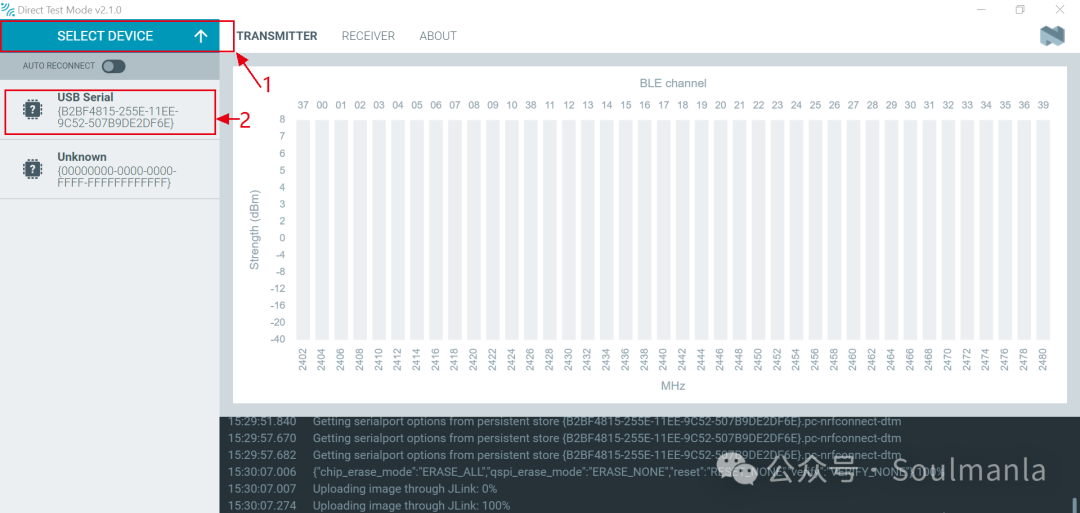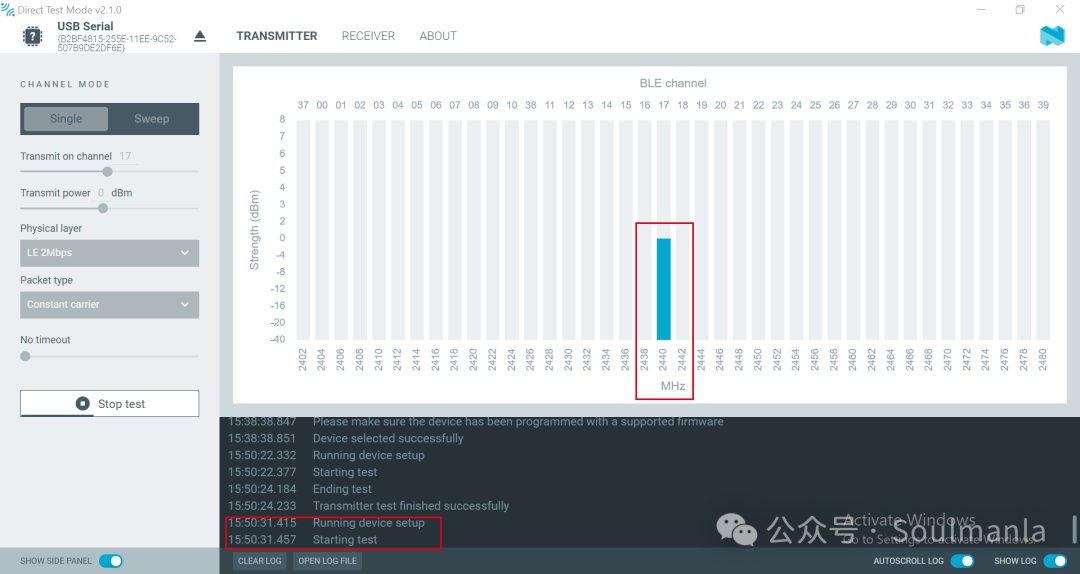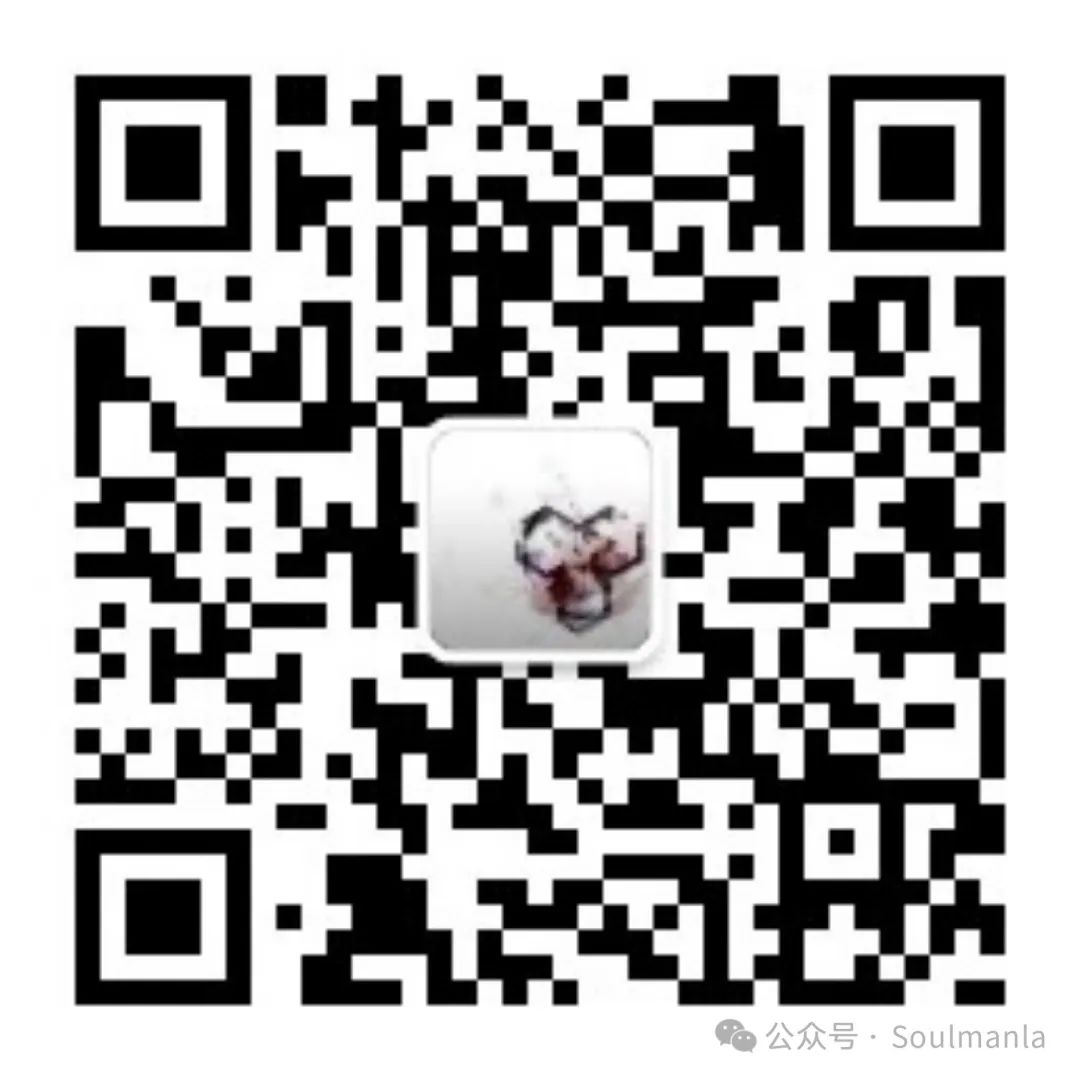
BLE DTM Testing

In today’s rapidly developing Internet of Things (IoT) landscape, Low Energy Bluetooth (BLE) technology is widely used in wearable devices, smart homes, medical devices, and other fields due to its advantages of low power consumption and low latency. BLE DTM testing, as an important means of testing Bluetooth RF performance, acts like a “health check expert” for Bluetooth devices, ensuring their stability and reliability in various complex environments.

1

What is BLE DTM Testing?
BLE DTM testing, short for Bluetooth Low Energy Direct Test Mode testing, is a mode established by the Bluetooth Special Interest Group (SIG) in the Bluetooth core specification for testing Bluetooth RF performance. It is mainly used to verify key indicators such as the transmission power, frequency offset, modulation characteristics, and receiving sensitivity of BLE devices, helping engineers optimize device performance during the R&D and production processes.
2

Main Contents of DTM Testing
1. Transmission Testing (TX Test)
Transmission testing mainly focuses on the following aspects:
-
Transmission Power: Testing whether the device’s transmission power on different channels meets Bluetooth specification requirements.
-
Frequency Offset: Checking the deviation of the carrier frequency from the nominal value to ensure it is within the allowable range.
-
Modulation Characteristics: Evaluating modulation accuracy, such as whether the modulation index is within the specified range.
2. Reception Testing (RX Test)
Reception testing mainly tests the device’s receiving sensitivity by statistically analyzing the number of received data packets and the Packet Error Rate (PER) to evaluate the device’s performance under different signal-to-noise ratios.
3

Application Scenarios of DTM Testing
1. R&D Stage
During the R&D process, DTM testing can help engineers quickly locate RF issues and optimize hardware design and firmware configuration. For example, by adjusting transmission power and channel selection, communication distance and anti-interference capability can be improved.
2. Production Stage
On the production line, DTM testing is widely used for quality control. Through automated testing processes, it ensures that each batch of Bluetooth devices meets design standards.
4

How to Conduct DTM Testing?
1. Testing Equipment
DTM testing typically requires the following equipment:
-
Device Under Test (DUT): The Bluetooth device to be tested.
-
Upper Computer Testing Device (UT): Used to send control commands and receive test results.
-
Lower Computer Testing Device (LT): Used for RF communication with the DUT.
2. Testing Process
Set up the testing environment: including hardware connections and software configurations.
Load the testing program: Burn the testing firmware into the DUT.
Start the test: Control the DUT to perform transmission or reception tests via HCI commands.
Analyze results: Evaluate the DUT’s RF performance based on the output data from the testing device.
5

Nordic DTM Testing Share
Here, we take Nordic’s BLE chip as an example to visualize the entire DTM process. We will not elaborate on the specific operational details here, but if needed, we provide a link for everyone to learn, and you can also search for relevant information online:
https://www.cnblogs.com/HannibalWang/p/17566096.html
1. Preparation Work
Hardware: nRF52/53/54 development board (using the development board as DUT), spectrum analyzer/comprehensive testing instrument.
Software: nRF Connect for Desktop, nRF5 SDK/nRF Connect SDK (NCS), compilation tools.
2. Firmware Burning
The main task is to burn the DTM firmware into the development board. It is important to select the DTM firmware corresponding to the development board model; if unclear, consult the distributor or manufacturer.
Additionally, if custom hardware is used and the TX/RX pins have been changed, the corresponding pin definitions need to be modified in the DTM firmware.
3. Testing Process:
(1) TX Test:
Open nRF Connect for Desktop: Install and open the Direct Test Mode plugin.

Nordic DTM Interface
Set Testing Parameters:
-
Select COM port (check via Device Manager).
-
Select transmission mode (e.g., single carrier mode Constant carrier).
-
Set channel frequency (e.g., 2402 MHz).
-
Set transmission power (e.g., +4 dBm).
-
Start test: Click “Start Test” to begin transmission testing.
-
Measure results: Use a spectrum analyzer to measure transmission power and frequency offset.

Nordic DTM Interface
(2) RX Test:
Set receiving parameters: Select receiving mode, set channel frequency.
Start test: Evaluate receiving sensitivity through Packet Error Rate (PER).
Congratulations, you have completed the BLE DTM testing. If you encounter other issues during the process, feel free to contact me via private message or comments.
6

Conclusion
With the continuous evolution of Bluetooth technology, DTM testing is also evolving. For example, Bluetooth 5.0 and above versions introduce new physical layer features such as long-range mode and 2M PHY, and DTM testing needs to support testing commands and parameter configurations for these new features.
BLE DTM testing is an indispensable part of the R&D and production of Bluetooth devices. By gaining a deeper understanding of the principles and methods of DTM testing, engineers can better optimize device performance and enhance user experience. If you are interested in BLE DTM testing or are looking for related solutions, feel free to follow more technical shares and explore the infinite possibilities of Bluetooth technology together!

Thank you for your continued support!

